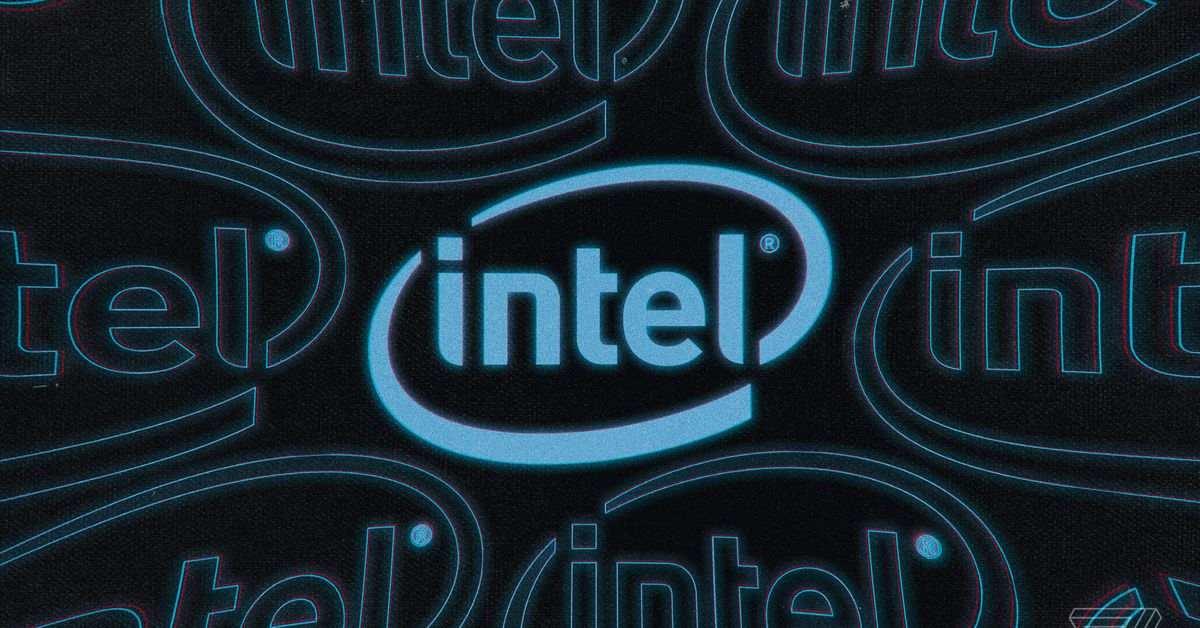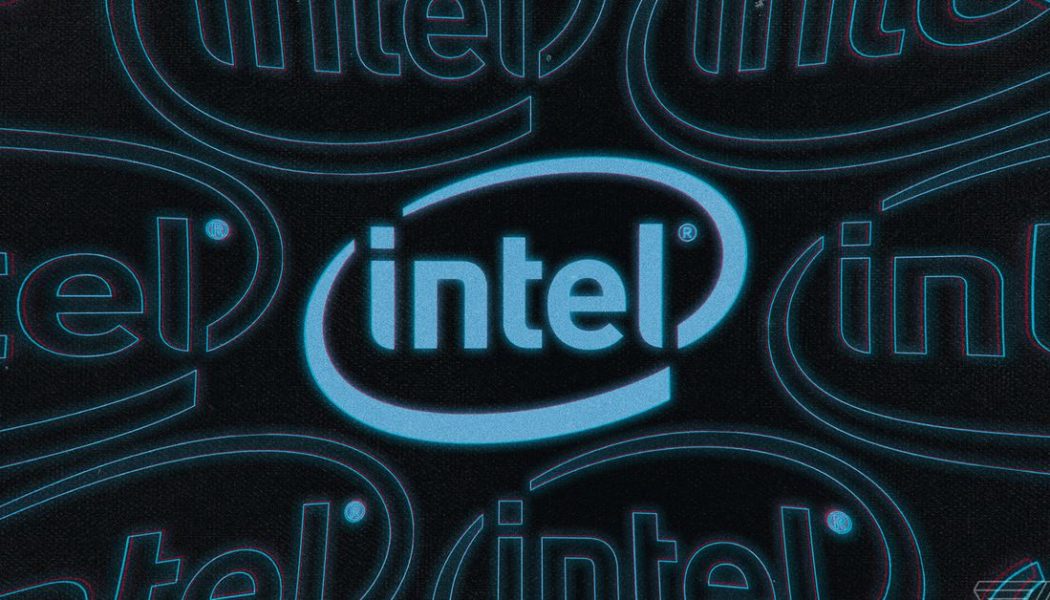
Intel finally got its 10nm chips on the market after years of delays, but now the company has announced that it’s encountered issues with its upcoming 7nm process that will result in delays for the next generation of chips, too.
As Intel’s Q2 2020 earnings release notes, “the company’s 7nm-based CPU product timing is shifting approximately six months relative to prior expectations,” pushing them back from an originally planned arrival at the end of 2021. The six-month delay would push that date into at least 2022, if not further, due to what Intel CEO Bob Swan referred to as a “defect mode” in the 7nm process, according to Tom’s Hardware.
Intel actually says that the issues with its current 7nm production means that production is trending a year behind its internal roadmap. For some reason, though, the company says that being a year behind schedule will still only result in that aforementioned six-month delay to market. For comparison, AMD has already been outputting its own Ryzen 4000 chips based on its 7nm architecture for months, which have been handily outperforming Intel’s offerings.
It’s not all bad news for Intel, though: the company is on track to release its 11th Gen Tiger Lake chips (based on the company’s third-generation, 10nm++ processor) to succeed the 10th Gen Ice Lake lineup for laptops later this year, bringing with them Intel’s much-hyped Xe graphics. Intel is also expecting to launch its first products from its 12th Gen Alder Lake (the successor to Tiger Lake) lineup towards the end of this year — including the company’s long-awaited first 10nm desktop CPUs.
Intel’s actual financial results for Q2 were also positive: Intel’s Client Computing Group (which makes the processors for laptops and desktops) saw a 7 percent improvement year-over-year with $9.50 billion in revenue. Intel notes that those strong results were driven by the increase in laptop sales due to the surge in customers working and learning from home caused by COVID-19 (although by that same token, it says desktop demand declined). And Intel’s Q2 revenue was also up 20 percent year-over-year with $19.7 billion brought in, helped in large part by substantial growth in Intel’s data center and memory solutions divisions.
The delay to reaching 7nm chips is a looming problem for the company, though. If Intel’s history of extending its 14nm architecture for generations of incremental refinements is anything to go by, expect to see plenty more 10nm products released in the coming years.
There’s only so much padding even Intel can do with its lineup. The delay of 10nm chips help up a huge chunk of the laptop industry, which relies on Intel’s roadmap and increases in power efficiency and performance to develop new and better products. And based on the current guidance from the company, it’s possible that the PC world will be in for a similar bottleneck with 7nm Intel chips in the years to come.










